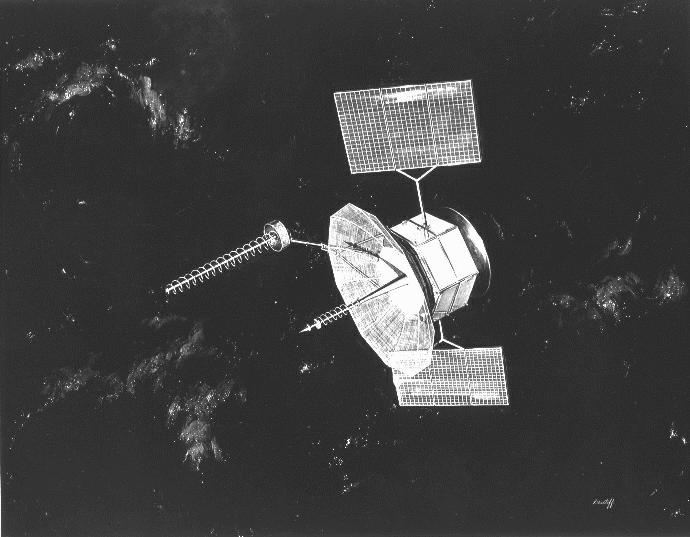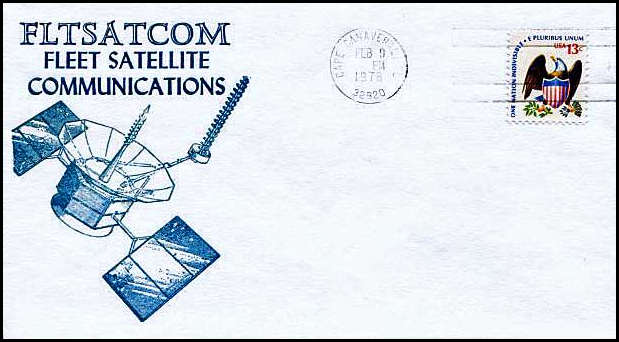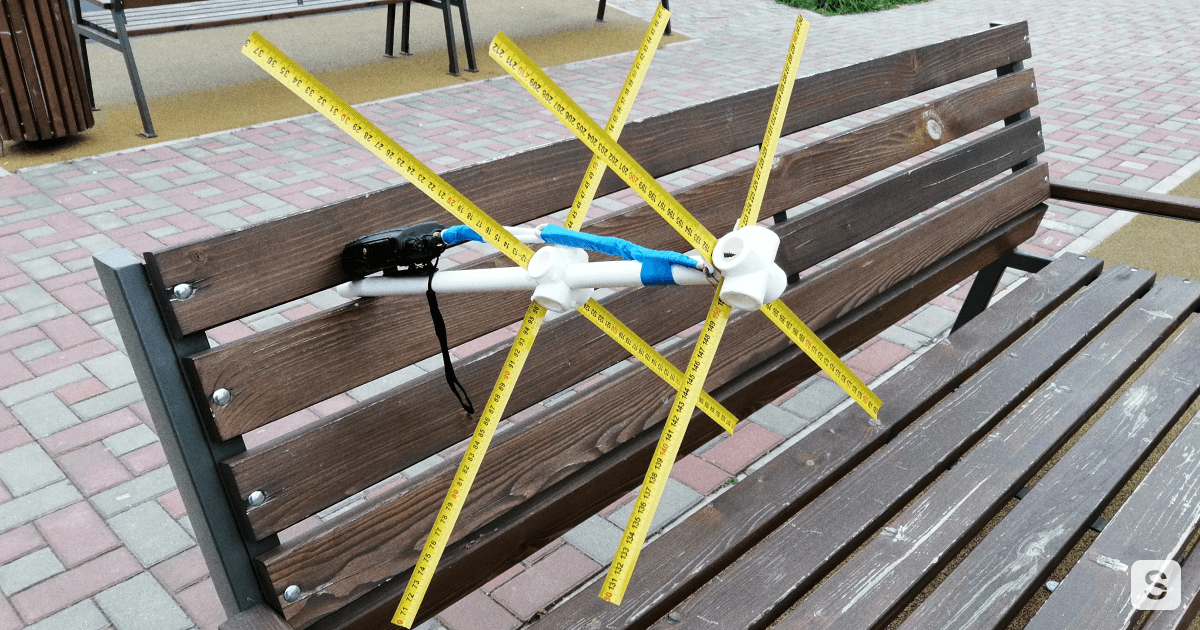
year 2009. The Hacker Magazine publishes an article entitled " Hacker Radio: US Army Satellites in the Service of Pirates " about satellite radio piracy in Brazil Today we will raise this topic again and see if anything has changed in 11 years?
When it comes to SATCOM satellites, we will immediately make a reservation that we are talking about the US Navy satellite constellation - Navy Fleet Satellite Communication (FLTSATCOM) . It all started with Thompson Ramo Wooldridge Inc., now known as TRW.Inc, which led the development of the first US ICBM. It was planned that the constellation will consist of 8 satellites, providing communications to aircraft, ships, submarines and ground stations with military command.
What were the satellites

Each of the first 6 satellites weighed almost 2 tons, or 1,884 kg to be precise. The 7th and 8th satellites carried an additional load in the form of experimental EHF transponders, so their launch weight was 2310 kg. The main payload was 12 transponders operating in the UHF / SHF uplink and UHF downlink frequency bands.
The receiving antenna was a 4.9-meter parabolic antenna made of a silver-coated mesh. The transmitting antenna was removed and located on a separate mast. The radio equipment was powered by solar panels (13.2 meters across) generating more than 1400 watts of electricity.
The first satellite of this constellation was launched in 1978, and the last one in 1989. On March 25, 1993, the aging FLTSATCOM was replaced by the UFO (UHF Follow-On) group. It provided twice as many communication channels for a smaller satellite and could connect to the Milsat system operated by the US Air Force. After 19 years, the UFO was replaced by the even more advanced MUOS (Mobile User Objective System).
FLTSATCOM problems
Putting two of the eight satellites into orbit was accompanied by setbacks. One satellite (FLTSATCOM-5), intended for backup, was badly damaged during launch, so although it was delivered to the correct orbit, it did not function. The next FLTSATCOM-6 did not reach its orbit at all - at the 51st second of the flight, lightning hit the Atlas-G Centaur-D1AR launch vehicle .
Electromagnetic pulse arising influenced basic guidance computer memory, whereby the missile off course, and it was torn

key issue for FLTSATCOM. Which in fact was not. The satellites operated as a conventional repeater with frequency diversity. This meant that anyone, having an antenna and a transceiver for the appropriate range, as well as knowing the input frequency, can safely use the repeater for their own purposes.
The fact that such a "trick" works, became known back in the early 90s, after which the FLTSATCOM satellites became a base for radio pirates in many countries of the world. But most of all there were radio pirates from South America (most often they broadcast from Brazil). This is due to the fact that telecommunications are very poorly developed. Only in the central regions 3G and broadband access using ADSL2 + technology works.
In the northern and north-western regions, everything is so deplorable that sometimes there are not even analog telephone lines. Since 2010, the situation has improved somewhat, but nothing has changed dramatically for remote regions. 6 percent of Brazilians still live in slums (favelas), and they simply cannot afford mobile communications.
Hardware and DIY
What do you need to communicate via FLTSATCOM satellites? First of all, a transceiver. Even a low-power portable handheld for the corresponding band and an antenna with right circular polarization will do. Brazilian craftsmen took the usual VHF-"hurdy-gurdy" and by creating the simplest frequency doubler made it suitable for operation on UHF-frequencies of satellites. Antennas are even easier. A plumbing plastic pipe, a few pieces of cable and a connector are all you need to create an antenna that will work efficiently for both reception and transmission.
Please note: in Russia the band used by FLTSATCOM is not amateur. Broadcasting on these frequencies is an offense and is punished in accordance with applicable law.It is not illegal to listen to any radio frequencies, so you can hear the Brazilian "Olá amiga" on the air absolutely without any consequences. The frequency plan of transponders is no secret, and it is easy to find it on the Internet.
For reception, you can use any radio receiver for the range 200-300 Mhz. Both a cheap Chinese RTL-SDR and almost any radio scanner will do. I assembled the antenna in haste according to the instructions on unicaster.ru from what was at hand:
- polypropylene tube,
- pairs of adapters,
- plastic ties,
- self-tapping screws,
- pieces of cable with different resistance,
- the cheapest construction tape,
- blue tape (well, where can I do without it, darling).

The cost of the antenna turned out to be just ridiculous. Not more than 300 rubles (at the time of this writing, it is less than $ 4). My surprise knew no bounds when, even on the glassed-in loggia, I heard chatter in Spanish and Portuguese, as well as funny international communications (yes, some Russian-speaking pirates were not too lazy to learn a couple of phrases in Spanish). You can get an idea of what exactly is happening on the air on the channel of Alexei Igonin (RA3TLB):
On Youtube, the SATCOM theme has become widespread in the past year, and enterprising Chinese companies such as QYT and ZASTONE have started to produce transceivers for this band, taking advantage of the fact that it is considered amateur in China. A truly popular "hurdy-gurdy" - Baofeng UV-5R, judging by the abundance of videos, you can also reflash to support the required frequencies. For better work with SATCOM it is better to take something from Motorola's assortment.
The practical application is obvious. In conditions when mobile communication for one reason or another is limited or completely inaccessible, and the nearest radio stations are far away, the use of satellite repeaters is the cheapest and most accessible way of communication with the outside world. In addition, it is perfectly possible to use protocols such as APRS to broadcast GPS coordinates and text messages, HF-FAX or SSTV to transmit images.
